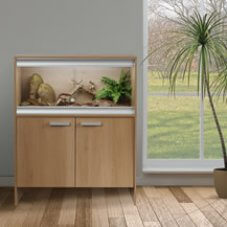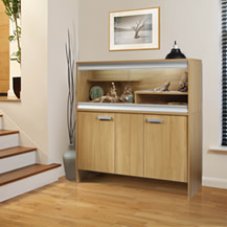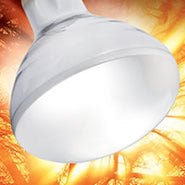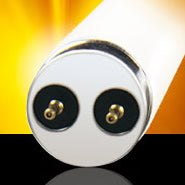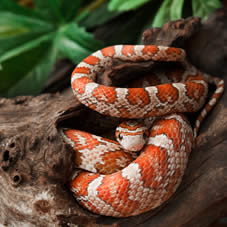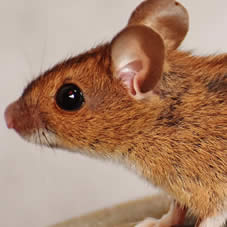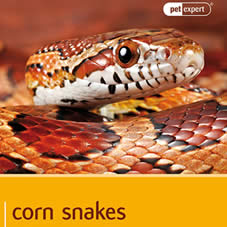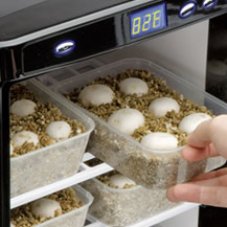Free Delivery
On order over £79*
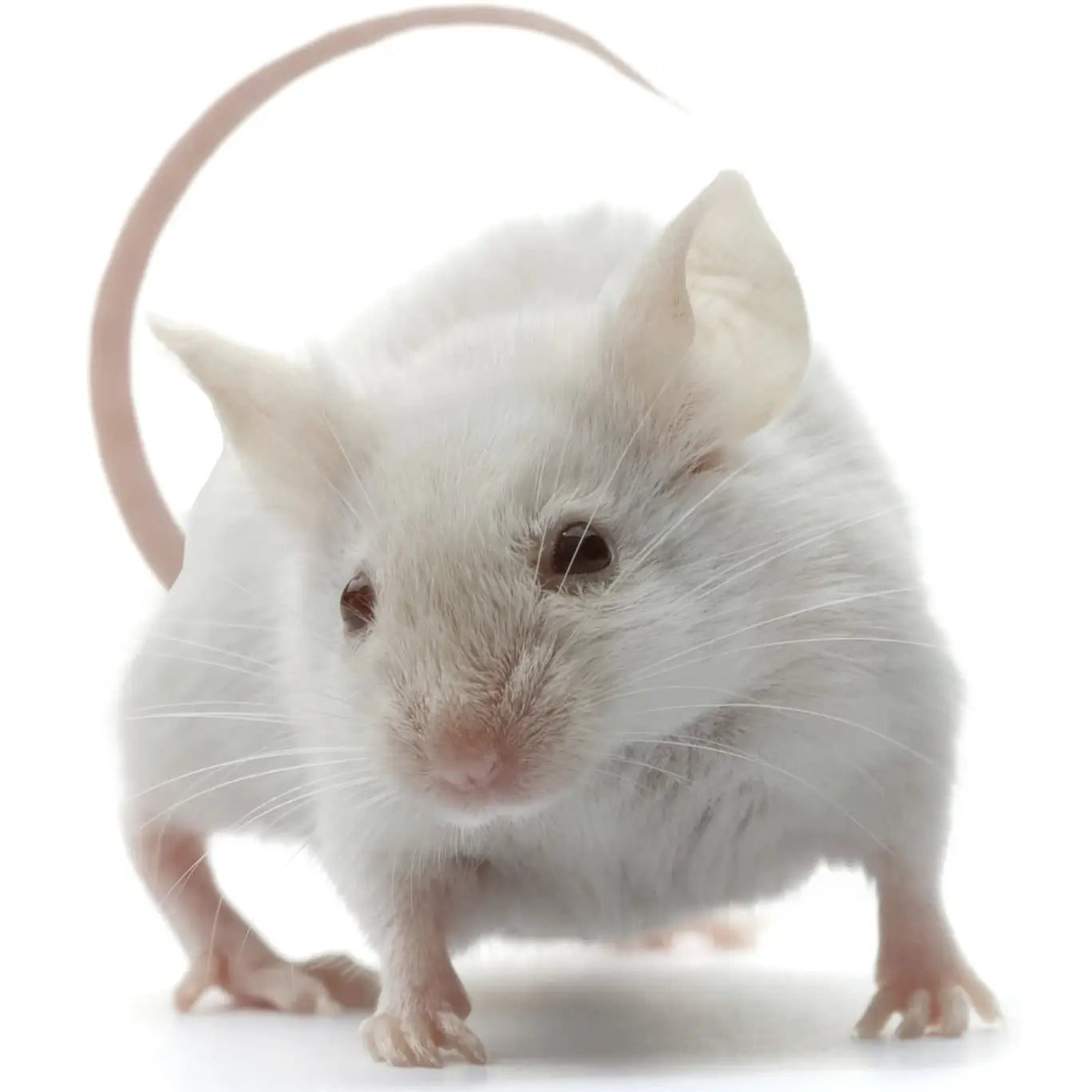
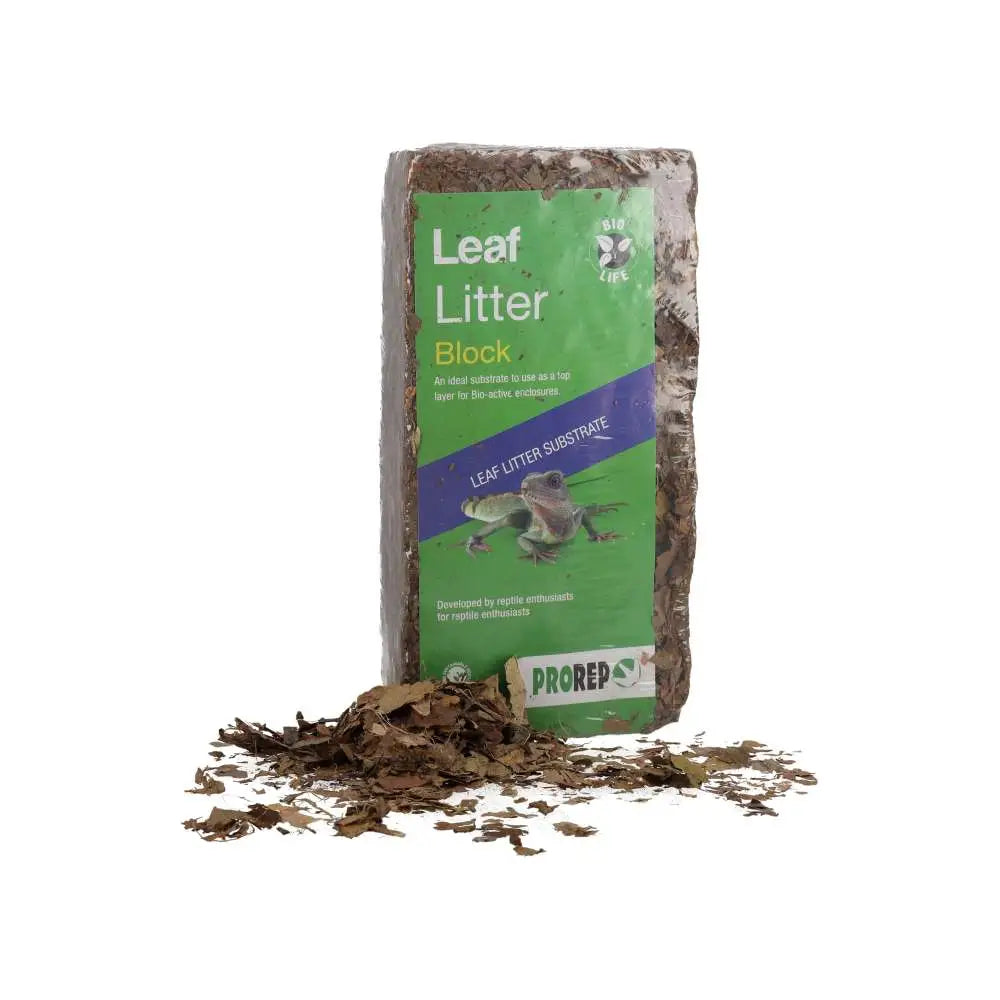

Scientific Name: Pituophis catenifer

Country of Origin: Western USA

Potential Adult Size: 90-215cm (36-84 inches)

Average Life Span: 10-15 years

Dietary Requirements: Carnivorous

Other Names: Gopher Snake, Pacific Gopher Snake, Bullsnake
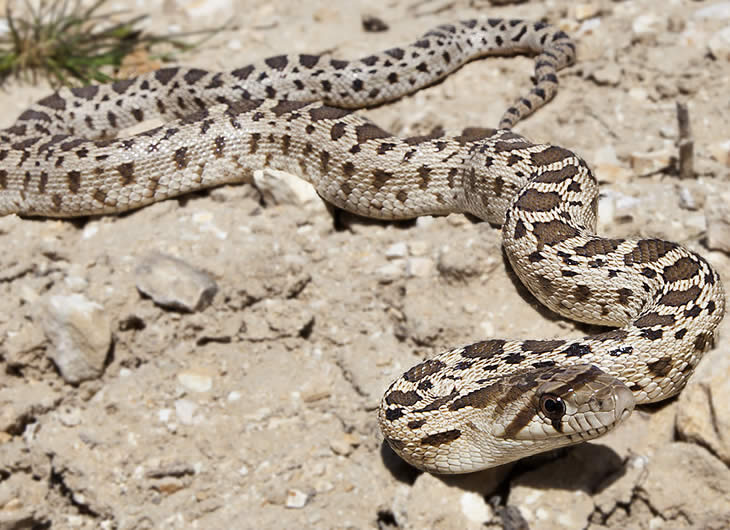
Gopher snakes are a fairly large snake from the western coast of America. They have quite a narrow head and they tend to be a bit heavier than other similar snakes. They are normally beige or faintly yellow with black or dark brown patterns running the length of the snake. We find them to be a very curious and active snake, perfect for intermediate reptile keepers.
Naturally they are normally found in dry meadows, fields and farmland on the western coast of America.

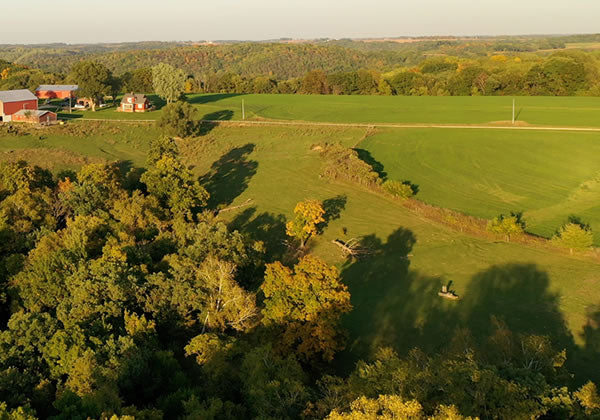
Gopher snakes come from a moderately warm environment so they struggle with the cold of the UK. To insulate against this we recommend keeping the snake in a wooden vivarium. Due to the temperature gradient required we would normally select an enclosure a minimum of 3 x 2 x 2ft with large vents and glass sliding front doors.
All of this ventilation should ensure that heat and humidity is lost from one side of the enclosure to the other while keeping the basking spot itself at a consistent temperature.
Gopher snakes can be a little shy when they are young. We still use the full-size enclosure to make sure that the correct temperature gradient is in place but we will provide more decorations to begin with.
Naturally, gopher snakes would be experiencing temperatures of around 90of in the sun. We try to provide this heat over 1/3 of the enclosure while letting the rest of the enclosure cool to 75of on the opposite side. To achieve this we attach a basking lamp to the ceiling of the enclosure on one side. This is controlled by a dimming thermostat to make sure that the temperature is kept correct throughout the day. Gopher snakes will be able to reach the top of their enclosure without decorations to climb on so the basking lamp must be surrounded by a guard. The basking lamp is left on for 10-12 hours per day.
At night, all of the lights should go off and the enclosure should be completely dark. This should make sure that the snake has a clear day and night cycle.
Though at this point the sun has gone down, there would still be rocks, paths and roads that have warmed up in the day and that will radiate heat for much of the night. To provide this warmth throughout the night without introducing light to the enclosure we lay a heat mat under the basking area. The heat mat will warm objects around it providing a warm patch of ground for the gopher snake to rest on. To make sure that the heat mat remains the correct temperature it is controlled by a simple on/off thermostat set to 75of. The heat mat is buried under around an inch of bedding, the sensor for the thermostat is then rested on the bedding covering the heat mat so that it can track the surface temperature of that patch of floor.
During the day your temperatures will be much too warm and the heat mats thermostat should keep it off automatically. The heat mat will only begin to heat once the temperatures have dropped below 75of at night time.
Though the thermostats we sell are very reliable it is always best practice to monitor your temperatures with a thermometer. A 5of variance on the basking spot is nothing to worry about as long as your cool side is still cool. A simple dial thermometer on each side should be sufficient but digital probe thermometers are much more accurate.
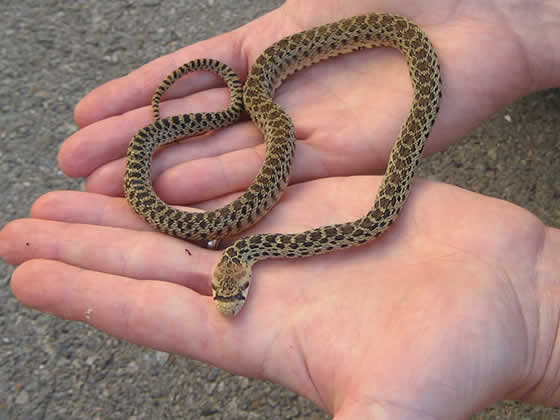
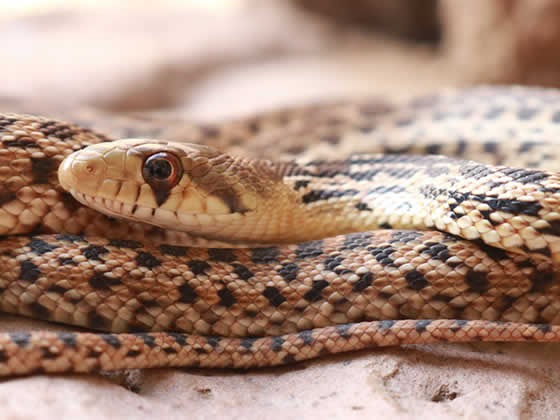
Gopher snakes do not require UVB to use the calcium in their diet like other reptiles but it is still a beneficial addition to the enclosure. The snake would naturally be exposed to UV from sunlight in the wild and as we are trying to emulate nature in our enclosures we recommend providing some UVB.
A 5% T8 UVB tube, 2-5% T5 UVB tube or more powerful but smaller unit should be sufficient. The UV tube should be mounted to the ceiling at the back of the enclosure to provide a light gradient running parallel to the temperature gradient. There will be times when the snake will want less or no UVB so partial and full hiding spots should be placed all along the width of the enclosure.
Gopher snakes thrive in a low humidity environment with hard decorations to climb over and bask on. When selecting the bedding we try to ensure that the pieces are unlikely to increase the humidity of the enclosure. In-store we normally use a coarse beech woodchip as it is clean, cheap, easy to spot clean and dust-free. If you prefer a more natural-looking decoration a soil/clay mix would be perfect. If you plan to keep the snake in a bio-active enclosure a nutrient-rich soil and clay mix with some sand for aeration would be perfect.
Gopher snakes love the warmth coming from their basking lamp but they also appreciate secondary belly heat which will radiate from warm objects. Natural rocks like slate are perfect for this, so are heavy artificial ornaments. These decorations can be placed under and around the basking area and should warm up nicely. If the lamp is too low there is a chance that natural rocks could get too hot so you are best to check the surface temperature to avoid burns.
As discussed in the lighting section there will be times when the snake does not want any UV and needs a bit of shade. To ensure that the snake can get away from the light whenever necessary we advise spreading full and partial cover throughout the enclosure. Examples of full cover decorations would be caves, flat cork pieces or any other ornament that provides a shady spot to rest. Examples of partial cover would include tall plants, trailing plants.
Gopher snakes are carnivorous and should be fed frozen thawed foods. Though they are opportunists we have found that mice are the best diet for a gopher snake. A particularly large corn snake may move on to the smaller rats when fully grown but an all rodent diet is best.
As hatchlings, gopher snakes should be fed weekly on defrosted pinky mice, as the snake grows the food size should be increased until the snake is taking large mice or even jumbos. Adult gopher snakes can be fed once every two weeks as they can become overweight if fed weekly.
More exotic alternative diets like gerbils, hamsters, multimammate mice or chicks could be used if the gopher snake won't take anything else but they aren't as nutritious as the mice, it can be difficult to find them in the size required and they aren't always as available.
We always include a large water bowl in the cool end of the snake's enclosure. You might notice the snake use it for bathing, this is usually to cool down or to help loosen its shedding skin. Both the water bowl should be kept on the cool side of the enclosure to prevent it from raising the humidity in the enclosure.
If you keep a male and female together, they may breed. You do not need to do anything to encourage this. As long as they are healthy and the conditions are good, it will happen naturally. You need to consider whether you want this to happen before introducing the pair. What will you do with the babies if you incubate the eggs?
A gravid female should have access to a nesting box to lay her eggs. The box should be large enough that she can fully turn-around inside it. Inside the nesting box we use a soil mix that is kept humid enough to hold its shape but not so wet that it will saturate any eggs. We have found that ProRep spider life is perfect for this.
Once laid, the eggs should be incubated in an incubator at 84oF. We incubate our eggs in sealed boxes on a moisture rich substrate (such as Hatchrite) to trap the humidity around the eggs. After approximately 60 days the eggs will start to hatch, the first babies to emerge will encourage the rest of the eggs to hatch.
Gopher snakes, as with most pets, require a clean environment to thrive. We recommend a spot clean as often as possible (every day) and a full clean every 4 weeks or so. If you are keeping the snake in a bio-active enclosure you can spot clean and monitor the enclosure. It may still be a good item to change out the bedding a few times per year.
When cleaning the enclosure you should remove your animal, all decorations and all of the bedding. Once the enclosure is clear you can spray it all over with a reptile friendly disinfectant. These usually work very quickly and only need to be left for around 30 seconds, instructions can normally be found on the disinfectants packaging. Once the disinfectant has done its work it can be wiped away from the surfaces with a paper towel. In some cases, you might want to repeat this process a second time to ensure that the enclosure is thoroughly cleaned.
Your decorations can be cleaned in a similar method, simply spray them down with the disinfectant and rinse thoroughly with water before drying them off and putting them back into the enclosure. We recommend this process is done during the day time to make sure that the snake will be going back to a warm vivarium for at least an hour before the basking lamps are turned off for the night.
Sign up to the Reptile Centre newsletter so you don't miss out on all the latest offers and guides to give your pet the best they deserve


